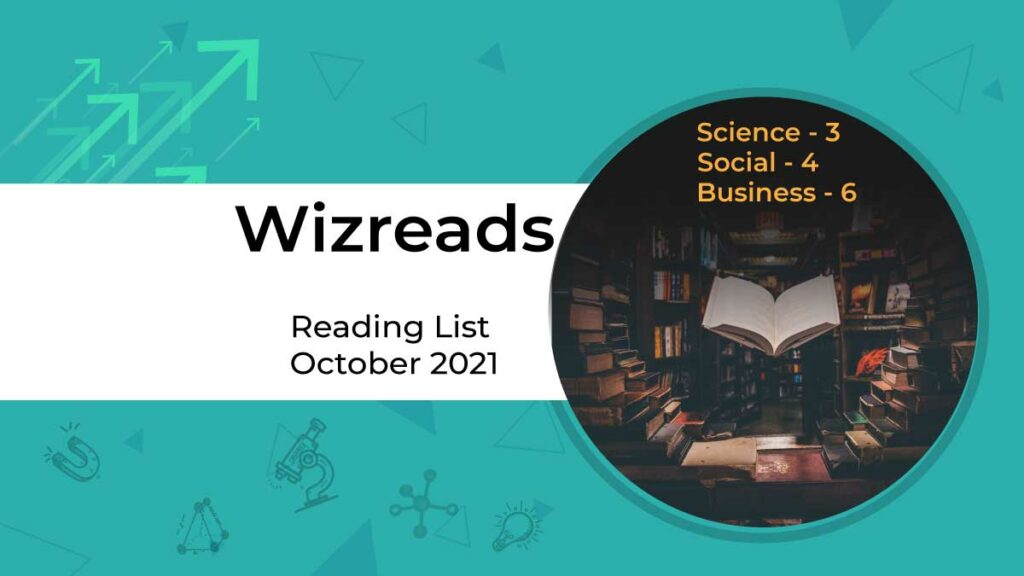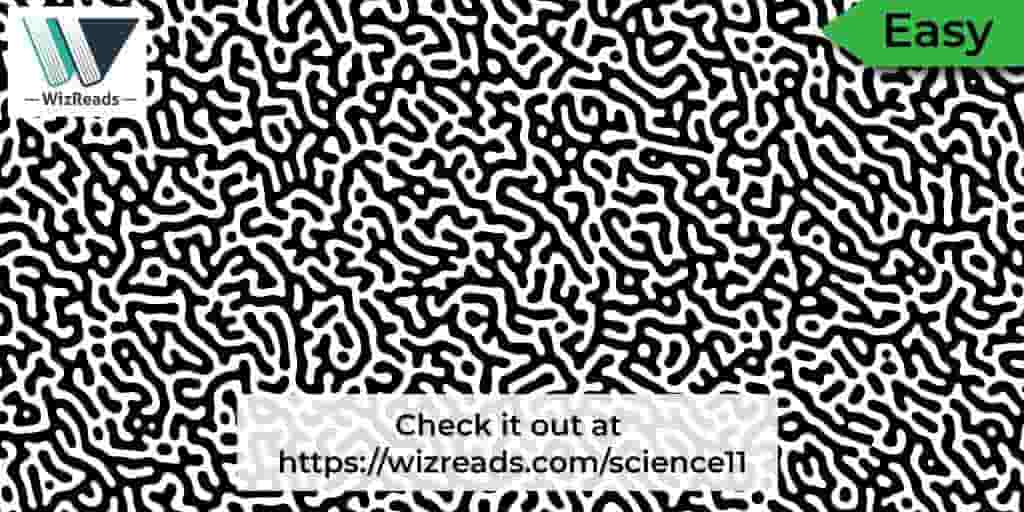
This ultimate reading list of GRE GMAT reading comprehension passages recommended in the month of October 2021 has 13 articles. The GRE GMAT RC recommended reading for the month has more than a fair share of Science and Tech and Social Sciences articles.
This GMAT GRE RC reading list was curated from a wide variety of articles. This month’s RC curation included 6 science and technology articles, 6 social sciences articles, and 1 business and economy article. Enjoy the read.
Feudalism: Empty vassals make more noise | Oct 29

Feudal society was a military hierarchy in which a ruler or lord offered fighters a fief – a unit of land. The individual who accepted this land became a vassal, and the man who granted the land became his lord. Read this short but moderate difficulty social sciences write up to understand the effects that feudalism had on medieval society.
Read the social sciences passage
Categories: Social Sciences | Moderate
Nuclear Resurrection | Oct 27

The 1986 Chernobyl nuclear disaster was so catastrophic that neighbouring towns are uninhabitable to this day. While Ukrainian scientists believed the problem was contained, recent reports show a spike in the radioactivity levels in the area, and global scientists believe there is a real possibility of another disaster if the nuclear material isn’t contained better, or disposed of. Check out this easy read to understand the different theories that scientists have about what could be causing this scary scenario.
Read the recommended science article
Categories: Science and Technology | Easy
Rock and Roll | Oct 25

Makin Island is an atoll in the island nation of Kiribati. Off its coast, sit 3 large boulders. There are varying supernatural stories among village elders on how they came to be. However, scientists have an entirely different theory – one based on tsunamis. Just because the legends are different from the scientifc explanation does not mean that the scientists are ignoring the legends. They are using the common threads in these legends as further justification of their scientific theory. Find out how in this easy GRE GMAT suggested read.
Categories: Social Sciences | Easy
Stellar Sea Cows | Oct 22

Named after Georg Steller, Steller’s sea cows are extinct sirenians. Unable to fully submerge, these sea cows often grazed near the surface, making them susceptible to predation, and hunting. Despite being hunted to extinction within a few decades of being discovered, these sea cows impacted the environment they left behind. Understanding their extinction can help us preserve kelp forests that are still surviving. Learn how in this easy GRE GMAT RC practice article.
Categories: Science and Technology | Easy
Chartalism – A Token Gesture | Oct 20

There are 2 broad theories when it comes to value of money – Metallism and Chartalism. Chartal money is the token for value, while metallist money is the thing of value itself. Learn what the terms mean and how these two theories were developed in this article of moderate difficulty.
Recommended GMAT GRE Business Article
Categories: Business and Economy | Moderate
The Alaska Fur-chase | Oct 18

In 1925, a small Alaskan town was facing a potentially fatal epidemic. A “scrub dog” named Balto rose to the occasion and saved the town by helping deliver medicine, in what was called ‘The Great Race of Mercy’. Read this inspiring story of not just one dog but of several sled drivers and dogs that rose to the challenge of completing a journey that usually takes 30 days in around 5 days. This easy-to-read story is of courage in the face of dire conditions.
Read the social sciences passage
Categories: Social Sciences | Moderate
Certified Lit | Oct 15

Abdulrazak Gurnah has become the first black African writer in 35 years, to win the Nobel Prize for Literature. His writings about colonialism, the gulf between cultures and continents carry his nuanced style and stem from his own life. This biographical read of medium difficulty discusses not just Gurnah’s writing and influences but also touches on the selection process for the Nobel prize for literature.
Categories: Social Sciences | Moderate
Apiary Quandary | Oct 13

The American Bumblebee population is rapidly declining, and is endangered. Their numbers have gone down by around 90%, and in some areas, even 99%. How could this affect the ecosystem, and with it, us humans? Find out more about the factors contributing to declining and suggested conservation efforts in this easy read.
Categories: Science and Technology | Easy
Space (Traffic) Jam | Oct 11

In 2018, the largest constellation of satellites was Iridium’s with 70. In the coming years, Amazon, SpaceX, Satnet and others will launch constellations of satellites ranging from 11000-30000+ in number for high-speed internet. These satellites cause pollution, contribute to space debris, and mess with astronomical observations. At this rate, astronomy as a field of study would be severely crippled because we would no longer be able to look through telescopes and see the skies without a satellite or two (or dozen!) blocking our view.
Categories: Science and Technology | Moderate
The Battle for Grand Central | Oct 8

Grand Central Station, an iconic landmark of New York City was in a state of disrepair, and was under the threat of being dwarfed by other corporate structures. Spearheaded by the former FLOTUS Jackie Kennedy, Grand Central got the status it deserved, and continues to, in the true spirit of NY, never sleep. Learn more about the 1975 battle to preserve the Grand Central station in this medium read.
Categories: Social Sciences | Moderate
Rain or Shine | Oct 6

What started out as a crowdsourcing experiment is now the US National Weather Service. A team of volunteers from different parts of the country were given weather equipment, and sent in their observations via telegraph. Consolidating that, the Smithsonian pioneered weather maps. This medium diffculty read follows the growth of weather prediction – from an inaccurate experiment to far more accurate science. Is climate change likely to impact weather prediction accuracy in the future?
Categories: Science and Technology | Moderate
Turing’s Enigma-tic Patterns | Oct 4

Alan Turing, the famous polymath claimed that when naturally noisy systems are stimulated, they form stable patterns to maximize equilibrium. For example, desert grasses grew in shaped patches to maximize irrigation to all parts. Scientists are increasingly finding proof of what Turing published in 1952 and are realizing that what was named Fairy circles is actually the Turing pattern in action and a form of self-protection for the plants.
Categories: Science and Technology | Easy
For Ever and Ever | Oct 1

Ever wondered why so many Chinese brand names begin with ‘Ever’? From the recent Evergrande saga to last year’s Suez Canal traffic blocker Ever Given, all start with ‘Ever’. What significance does ‘Ever’ hold in Chinese culture? This medium difficulty read explores the influences of the imperialist era, Mao’s era, and even Feng Shui on the names of modern day businesses, in a culture that values longevity and long life.
Categories: Social Sciences | Moderate
Leave a Reply